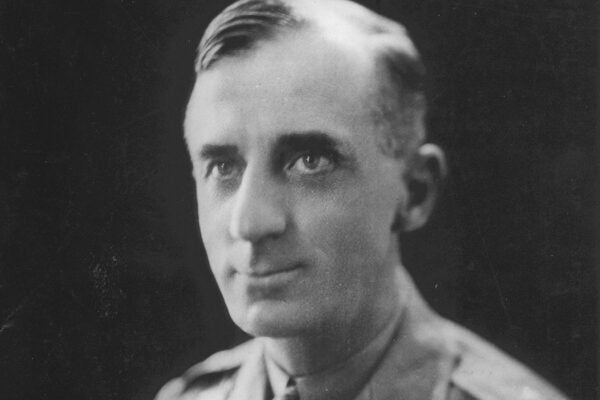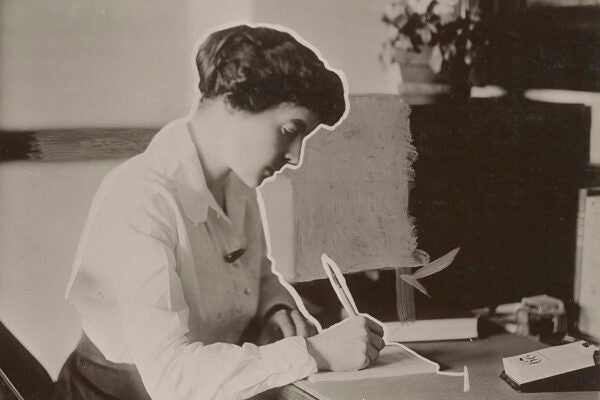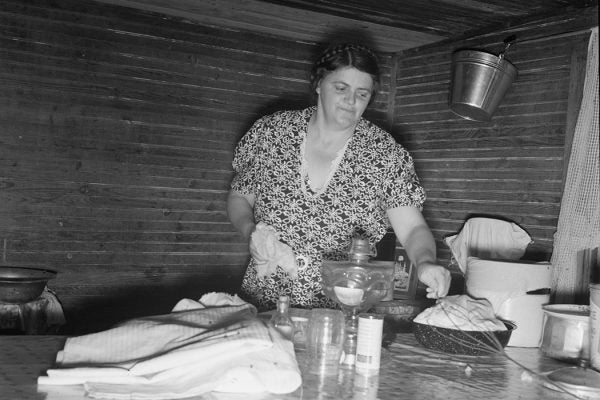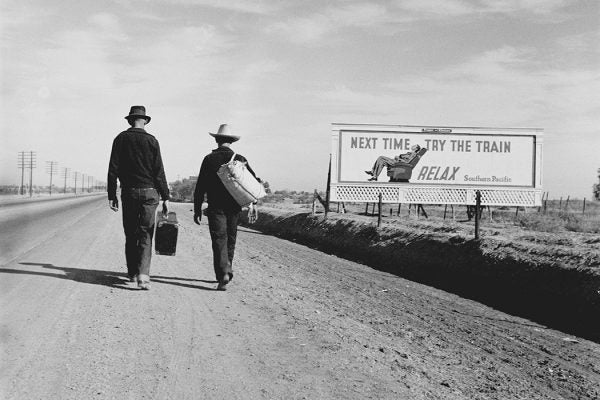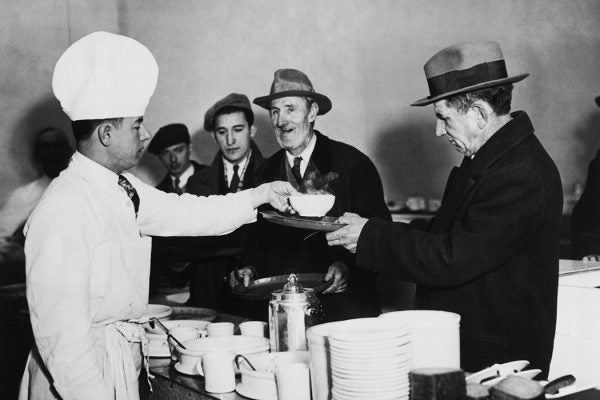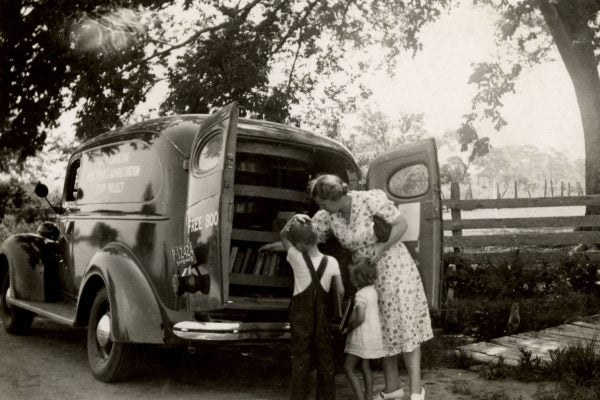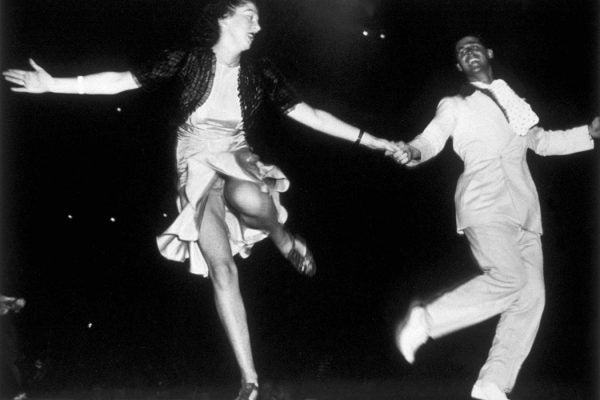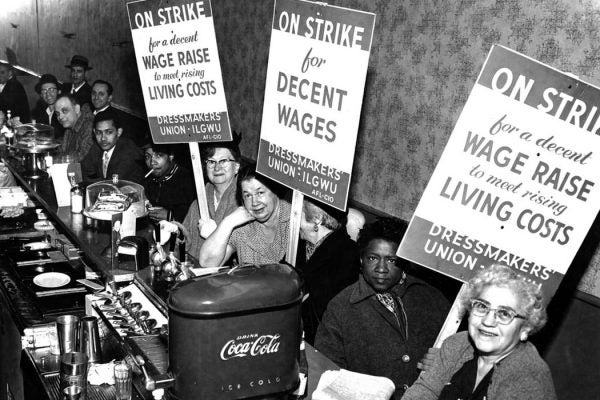Genesis of the Modern American Right
During the Great Depression, financial elites translated European fascism into an American form that joined high capital with lower middle-class populism.
To Get Help for Sick Kids, Mothers Wrote to Washington
In the 1930s, mothers wrote to the US president and the federal Children’s Bureau asking for support for their sick children. They rarely received help.
Dance Marathons
In the early twentieth century, dance marathons were an entire industry—and a surprisingly hazardous business.
How the New Deal Documented Southern Food Cultures
Photographers and writers hired by the US government presented the foodways of the South to a wide audience.
The Photographers Who Captured the Great Depression
The Farm Security Administration had photographers fan out across the country to document agricultural conditions. But they brought back much more.
How the LAPD Guarded California’s Borders in the 1930s
Working well outside their jurisdiction, the officers patrolled their state's borders against white migrants.
One Parallel for the Coronavirus Crisis? The Great Depression
“The idea that the federal government would be providing emergency relief and emergency work was extraordinary,” one sociologist said. “And people liked it.”
How Reading Got Farm Women Through the Depression
They worked over sixty hours a week but were also insatiable readers.
How People in the Depression Managed to Laugh
American popular culture flourished in the 1930s, despite the Great Depression. One thing that helped: artists being included in the New Deal.
Does Disunity Hurt the Left?
Does disunity harm a political party? An account of the organizing by unemployed workers in the 1930s may offer some clues.
